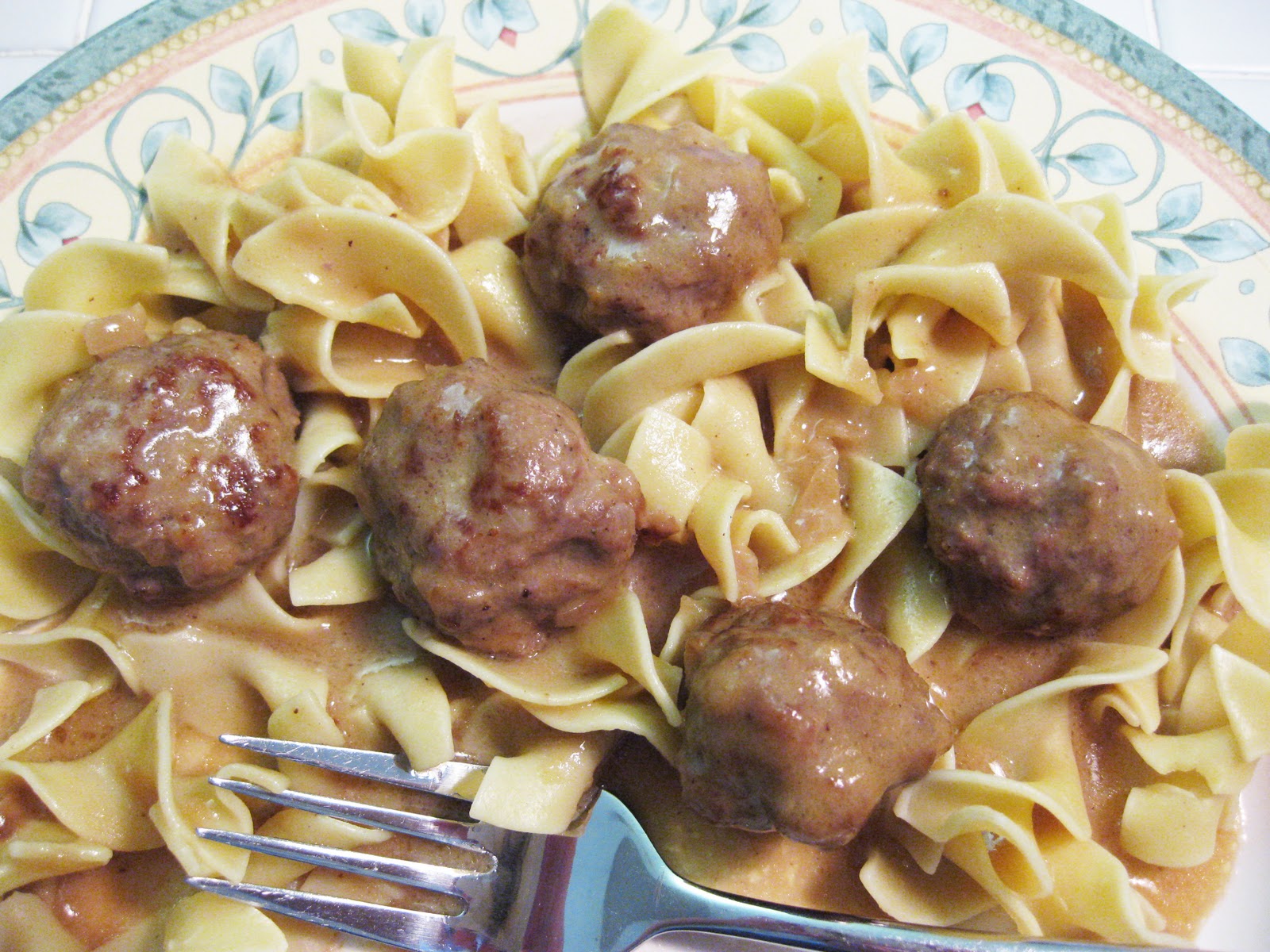By Braden Ruddy
Nation, Identity, Food as Power, and the Theory and Practice of Gastrodiplomacy
 Last year, former US Secretary of State Hillary Clinton proclaimed that “food is the oldest form of diplomacy.” This is just one recent claim of the power of food and its use in diplomacy, both today and through the ages. In the last ten years, gastrodiplomacy has emerged as a way for countries to use their unique culinary histories to promote themselves on the global stage. Gastrodiplomacy is essentially a subfield of cultural public diplomacy that was first mainstreamed and perfected by Thailand through their 2002 “Global Thai Program.”[1] Since then, other countries such as Taiwan, Korea, Peru, Malaysia, and Indonesia have sought to use their own unique “culinary delights to appeal to the global public’s appetite,” with a view towards improving national image.[2]
Last year, former US Secretary of State Hillary Clinton proclaimed that “food is the oldest form of diplomacy.” This is just one recent claim of the power of food and its use in diplomacy, both today and through the ages. In the last ten years, gastrodiplomacy has emerged as a way for countries to use their unique culinary histories to promote themselves on the global stage. Gastrodiplomacy is essentially a subfield of cultural public diplomacy that was first mainstreamed and perfected by Thailand through their 2002 “Global Thai Program.”[1] Since then, other countries such as Taiwan, Korea, Peru, Malaysia, and Indonesia have sought to use their own unique “culinary delights to appeal to the global public’s appetite,” with a view towards improving national image.[2]
Gastrodiplomacy programs today seek to improve national image by using a nation’s food as a means to change public perceptions and promote itself on the global stage. While there are many ways for a nation to define and visualize its identity, food is a particularly tangible one. Indeed, just as, for the purposes of tourism, “countries will often design a national brand that makes use of their natural beauty and appealing geographic features,” governments now use food as part of their “broader strategy of cultural diplomacy.” This strategy seeks to export a cultural artifact to the wider world in the form of “a national dish, or more broadly, national cuisine” (Wilson 2012). In addition to Thailand, examples of this can be found in the gastrodiplomacy programs deployed by Taiwan (“Dim Sum Diplomacy”), Korea (“Kimchi Diplomacy”),[3] and Peru (“Peruvian Cuisine for the World”).[4]
The research undertaken in this study attempts to find the correlation between a country’s national cuisine and its national image, through the main question of “does eating a particular country’s food change your opinion of it?” Other questions include whether a country’s food makes it an enticing tourist destination, as well as its “gateway drug” potential to a country’s other cultural exports. Linkages between national image and food among post-conflict and conflict countries are also explored.
This study contends that national cuisine does have the potential to change public perceptions of national image. It also argues that gastrodiplomacy programs are in fact an effective way for countries to harness an integral part of their national heritage and promote themselves in a unique way on the global stage while simultaneously scaling up their national image. Food as a cultural export and defining national characteristic is also integral to our understanding of the modern nation itself and the power it wields, as well as how it is perceived.
Methods
Public perception of the correlation between national cuisine and national image was measured through a quantitative survey strategy using a Qualtrics online questionnaire. The questionnaire targeted people living in the United States (though not necessarily American citizens) who eat various kinds of international cuisine with a view towards gauging their opinions on perceptions of national identity and national cuisine.
The Qualtrics online questionnaire was the main data collection tool employed for this research study. The gastrodiplomacy questionnaire created for this purpose successfully measured public opinion on the subject through 29 survey questions. While this study originally targeted 30 respondents to complete the online questionnaire, it ended up collecting completed surveys from 140 individuals.
Data and Results
Data collected for this research study from the Qualtrics online questionnaire yielded a variety of talking points. As noted previously, the survey was distributed online and completed by 140 respondents. Respondent selection was done by sharing the survey link with various social and professional networks, and sending it out to somewhat unexpected viral success on various social networks (Twitter, Facebook, Tumblr).
Demographically, the respondent sample, somewhat surprisingly, contained many more females than males (71% female, 29% male). Age-wise, nearly half of all respondents (44%) fell into the 26-34 year old age bracket. This was followed by 18-25 (28%), 35-49 (12%), 50-57 (5%), 58-65 (11%), 66-71 (1%), and 72 or older (0%). The ethnic/racial composition of respondents broke down to a little more than half Caucasian/White (61%), followed by Asian/Pacific Islander (13%), Multiracial (9%), Other (7%), Latino/Latina (6%), Middle Eastern (3%), Black (1%), and Indigenous/Native American (0%). 36% also indicated that they grew up in an immigrant household.
More than half of the respondent sample lives in the Northeast region (57%), followed by the Midwest (26%), the West (13%), the South (4%), and the Great Plains (0%). 30% of the respondent sample also said that they live in New York City.
Food-wise, Mexican (18%) was the most popular answer to the question “What is your favorite kind of international cuisine?,” narrowly beating out Italian (17%). This was followed by Middle Eastern (12%), Thai (12%), French (10%), Other (9%), Japanese (8%), Chinese (8%), and Indian (6%). Malaysian (50%) was overwhelmingly listed as the type of food that the respondents had never tried, followed by Colombian (37%), Peruvian (36%), Turkish (18%), Lebanese (12%), Irish (10%), Korean (8%), and Thai (1%).
Stemming from the quantitative data collected for this research study from the Qualtrics questionnaire on the topic of gastrodiplomacy, the following four sets of visuals are intended to show various ways in which perceptions of national cuisine correlate with national image.
Figures 1 2 (see Appendix: Figures 1 2) show how respondents answered a two-part question that first asked, “Has eating a country’s food ever changed your opinion of it?” If respondents selected “yes,” this was followed up with “What country’s food changed your opinion of it?” The data indicates that over half (55.71%) of the 140 respondents have changed their opinion of a country based on eating its national cuisine. This is represented with a pie chart showing the total number of respondents. If the respondent answered affirmatively, the follow-up to this was a fill-in-the-blank question. The 78 write-in answers indicating the specific country whose food changed the respondents’ opinion were then entered into the textual frequency visualization program Wordle to show that Ethiopian food helped change perception of Ethiopia’s national image the most among respondents (7), followed by Turkey (6), Thailand (5), China (5), Korea (4), and Lebanon (3).
Figures 3 4 (see Appendix: Figures 3 4) show public perception of the application of food as a diplomatic tool and its ‘gateway drug’ potential to a particular country’s other cultural exports, image, and tourism. Figure 3 is represented using a bar graph, showing how respondents agreed or disagreed with former Secretary of State Clinton’s previously noted statement, “food is the oldest form of diplomacy.” The responses were overwhelmingly in agreement, with 32% strongly agreeing and 47% agreeing, as displayed in the graph.
Figure 4 visualizes the responses to the question, “Has eating a particular country’s cuisine ever led you to do the following?” The data leads to the conclusion that exposure to a particular country’s cuisine is overwhelmingly a positive experience, and that 112 out of the 140 respondents (84%) have thought about traveling to a new country on the basis of its national cuisine. More than half of the respondents also indicated that eating a particular country’s cuisine led them to perceive that country in a more favorable light.
The data from Figure 5 (see Appendix: Figures 5 6) indicates that respondents overwhelmingly perceive that gastrodiplomacy programs could help post-conflict and conflict countries looking to improve their national image. Answer choices “definitely yes” and “probably yes” were evenly split at 35%, while 23% of respondents answered “maybe.” 6% of respondents answered “probably not,” while 1% answered “definitely not.”
Figure 6 (see Appendix: Figures 5 6) shows four case study countries and public associations of their food in relation to their other key cultural exports, as well as ‘war/conflict’ in determining perceptions of their national image.
Analysis/Discussion
With over half (55.71%) of the 140 respondents indicating that they have changed their opinion of a country based on eating its national cuisine (see Appendix: Figures 1 2), the data points to the transformative potential national cuisine can play in public perception of national image.
The follow-up question, represented through the Wordle visualization (see Appendix: Figures 1 2), yielded interesting results as to some of the specific countries that changed public perceptions of national image among respondents. As previously noted, Ethiopian food led the way in changing perception of Ethiopia’s national image, with seven respondents writing it in. This was followed by Turkey (6), Thailand (5), China (5), Korea (4), and Lebanon (3). Ethiopian restaurants are commonly very warm, inviting, and filling. For many people, this counters years of selective, negative news coverage (if any) of Ethiopia as a country plagued by famine or stuck in a cycle of war with its Eritrean neighbors. Of these six countries, a pattern emerges in that three of them are clustered in the general Mediterranean vicinity and three are clustered in Asia, the current epicenter of government-supported gastrodiplomacy programs.
Thailand, as previously mentioned, pioneered the practice of gastrodiplomacy and offered small business grants for citizens to open Thai restaurants around the world in large numbers. This has been helpful for Thailand in separating itself from a decades-old perceived association with conflict in Southeast Asia, and has also been a boon to its tourism industry. Korea is also engaged in gastrodiplomacy efforts, and has for many years been overshadowed by its more economically, politically, and culinarily powerful neighbors Japan and China. China was a bit of surprise, partly because Chinese food is so omnipresent. However, upon further analysis, it makes sense that many Americans’ first interactions with Chinese people and culture occur at Chinese restaurants.
Turkey and Lebanon are interesting because while their food is somewhat similar and could both be classified as “Middle Eastern,” both countries’ food is promoted by their people, especially migrants, as opposed to their governments through officially-sanctioned gastrodiplomacy programs. Turkey, as a growing player in global affairs, may also be seeing public perceptions of it change in sync with more Turkish food options opening in the United States.
Data collected from the questions visualized in Figures 3 and 4 (see Appendix: Figures 3 4) show that not only do most respondents agree or strongly agree with Clinton’s assertion that “food is the oldest form of diplomacy,” but also that food has the power to make a particular country’s other cultural exports more enticing to the public. This, most notably, includes visiting the country itself. This is visualized in Figure 4, as a whopping 84% of respondents indicated that they have considered traveling to a country based on its food. These data demonstrate the immediate benefits that a focused and coherent gastrodiplomacy program could give countries looking to better their image and scale up investment and tourist spending to boost their economies. Indeed, it is one thing to have a better opinion of a far-off country based on its cuisine, but it is another thing entirely to want to fly across the world and spend one’s money taking in the food, sights, sounds, and culture of said country, simply based on that original entry point of national cuisine.
Figures 5 and 6 (see Appendix: Figures 5 6) look at associative data with a view towards identifying perceptions of food, culture, and war/violence among four case study countries. The associations of Figure 6 lead me to conclude that food is the most important cultural signifier for both Lebanon and Korea, while Irish literature and Colombian sports are better known to respondents than their national cuisines. Irish literature was not surprising, considering the country’s rich literary history that includes Joyce, Yeats, Beckett, and others. Colombia is interesting, because while it has actively engaged in concerted sports diplomacy efforts in the past 10 years (including hosting international tournaments like the very successful and well-attended U-20 World Cup, putting results-yielding money into their Olympic programs, and even possessing a President who live-tweets the matches of a resurgent national soccer team integral to the country’s national identity), I was expecting Colombia’s rich and heavily-exported traditional and popular music to be more recognizable to respondents.
These associations also indicate that perceptions of “war/conflict” in Korea and Ireland are low compared to Colombia and Lebanon. This is despite the fact that the two Koreas are still officially at war and North Korea continues to pose a deadly threat to regional security, and Ireland remains, as some would argue, occupied and affected by sectarian and paramilitary violence.
Of these four countries, only South Korea has an official gastrodiplomacy program. However, based on these data, it seems that Lebanon is already succeeding in unofficial, migration-disseminated gastrodiplomacy, and is known for having some of the best Arabic food. Colombia, however, could have the most to gain by starting a gastrodiplomacy program along the lines of what Peru’s Foreign Ministry has done[5], as its food seems to be something of an unknown quantity beyond Colombian immigrant-heavy areas in New York and Miami, and the country still suffers from substantial negative perceptions of the security situation and ongoing civil war.
For South Korea, gastrodiplomacy is just one part of a much larger public diplomacy initiative undertaken by the Ministry of Foreign Affairs and Trade aimed at improving its national image on the international stage. Exporting its food alongside its increasingly regionally and globally popular culture such as K-Pop music, Korean soap operas, and more, became a top priority for former President Lee Myung-bak after he assumed office in 2009.[6] This was undertaken in tandem with aggressive and fruitful efforts to increase its multilateral clout in key international fora, trebling its Official Development Assistance, as well as winning bids to host major international sporting tournaments through innovative sports diplomacy.
Conclusion
The research undertaken in this study centered on measuring the relationship between consuming a country’s food and its national image. Overall, the research indicates that food does have the potential to change public perceptions of national image, and can also be a gateway to the consumption of a country’s other cultural exports, such as music, literature, sports, as well as increase tourism to that country. This research study finds that this potential to increase tourism was the most pronounced, and perhaps the most tangibly beneficial to countries. It also concludes that smaller and middle-sized countries have the most to gain from gastrodiplomacy programs, but that countries emerging from, and currently in, a state of conflict might find such programs useful to better their national image on the global stage.
However, such programs can’t be applied in a one-size-fits-all manner, as each country is different and some may gain more from gastrodiplomacy than others. The data suggest that smaller and middle power countries that don’t currently have a defining national cultural export, or have more negative national images, stand to gain the most.
Food is a defining feature in our lives, and has the potential to connect us with new flavors, cultures, people, and countries. While gastrodiplomacy is still a relatively new field of practice and study, both for governments and academics, the methodological research undertaken for this study demonstrates that it should occupy an increasingly important cultural diplomacy resource in the future.
APPENDIX
References and Notes
[1] Rockower, Paul. “The Gastrodiplomacy Cookbook.” The Huffington Post. September 14 2010.
[2] Ibid.
[3] Ibid. Rockower..
[4] Wilson, Rachel. “Cocina Peruana Para El Mundo: Gastrodiplomacy, the Culinary Nation Brand, and the Context of National Cuisine in Peru.” Exchange: The Journal of Public Diplomacy. 2 (2011): 13-20. Print.
[5] Ibid.
[6] Kim, Regina. “South Korean Cultural Diplomacy and Efforts to Promote the ROK’s Brand Image in the United States and Around the World.” Stanford Journal of East Asian Affairs. 11.1 (2011): 124-134. Print.
Braden Ruddy is a MS candidate at the New School University’s Graduate Program in International Affairs in New York City studying conflict and security in Latin America and the Middle East, as well as cultural diplomacy and national identity. He received a BA in International Relations from Columbia University and completed summer courses at the American University of Beirut. He works as a speechwriter at the United Nations and lives in the most delicious, food-diverse area in the world: Queens, NYC.
Tags: evaluation, gastrodiplomacy
You can leave a response, or trackback from your own site.








